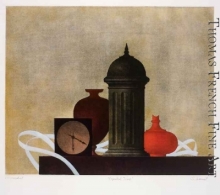

Thomas French Fine Art
Light to Dark/Dark to Light: Mezzotints
Invented in the 17th century, mezzotints are created with the use of a special tool called a rocker, which creates tiny pits in the plate that combine to create tonality. These tonalities can be achieved by roughening select areas of a blank plate in an additive light to dark methodology or by roughening the plate evenly and then burnishing out lighter areas in a subtractive dark to light manner. This process produces prints with varying degrees of mid-tones between black and white; hence the term mezzotint, which is Italian for "half-tone."
Mezzotint prints remain most well known for their quality and richness. In fact, the process was especially popular in eighteenth century England for the reproduction of paintings. During the 19th and 20th century, artists also began experimenting further with the process, particularly in the creation of illustrations and original works of art.
One can see this chronology in this exhibition, which features a variety of beautiful, attractive and reasonably priced classic and contemporary mezzotints. Please let us know if you have any questions or are interested in more information on any of the works of art featured here.
Hon. Mrs. Parker after Sir Joshua Reynolds (1723-1792)
By
Thomas Watson
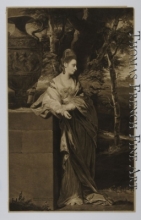
"Mrs. Frederick," after Hamilton
By
Robert Laurie
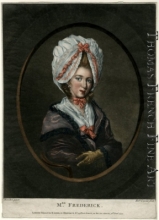
Le Matin (Morning)
By
James Jacques Tissot
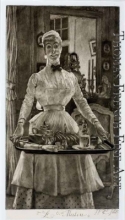
The Phoenix
By
Byron Bratt
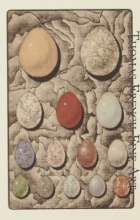
untitled (Still Life with Cup and Horn)
By
Tomoe Yokoi
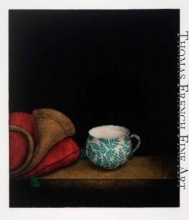
Strawberries and Apple
By
Tomoe Yokoi
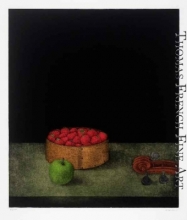
Le vase orange
By
Laurent Schkolnyk
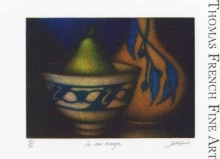
Collection
By
Laurent Schkolnyk
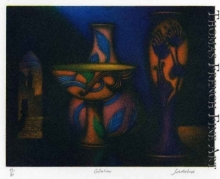
Jeux d'amour
By
Laurent Schkolnyk
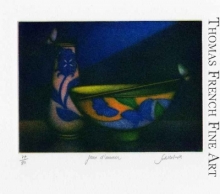
Gladioli
By
Shigenu Narikawa
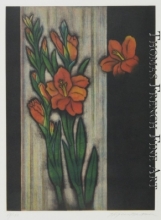
The Shop Where You Cannot Buy the Time
By
Sonja Lamut
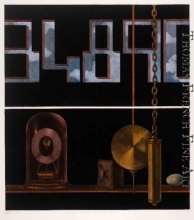
Expected Time
By
Sonja Lamut
